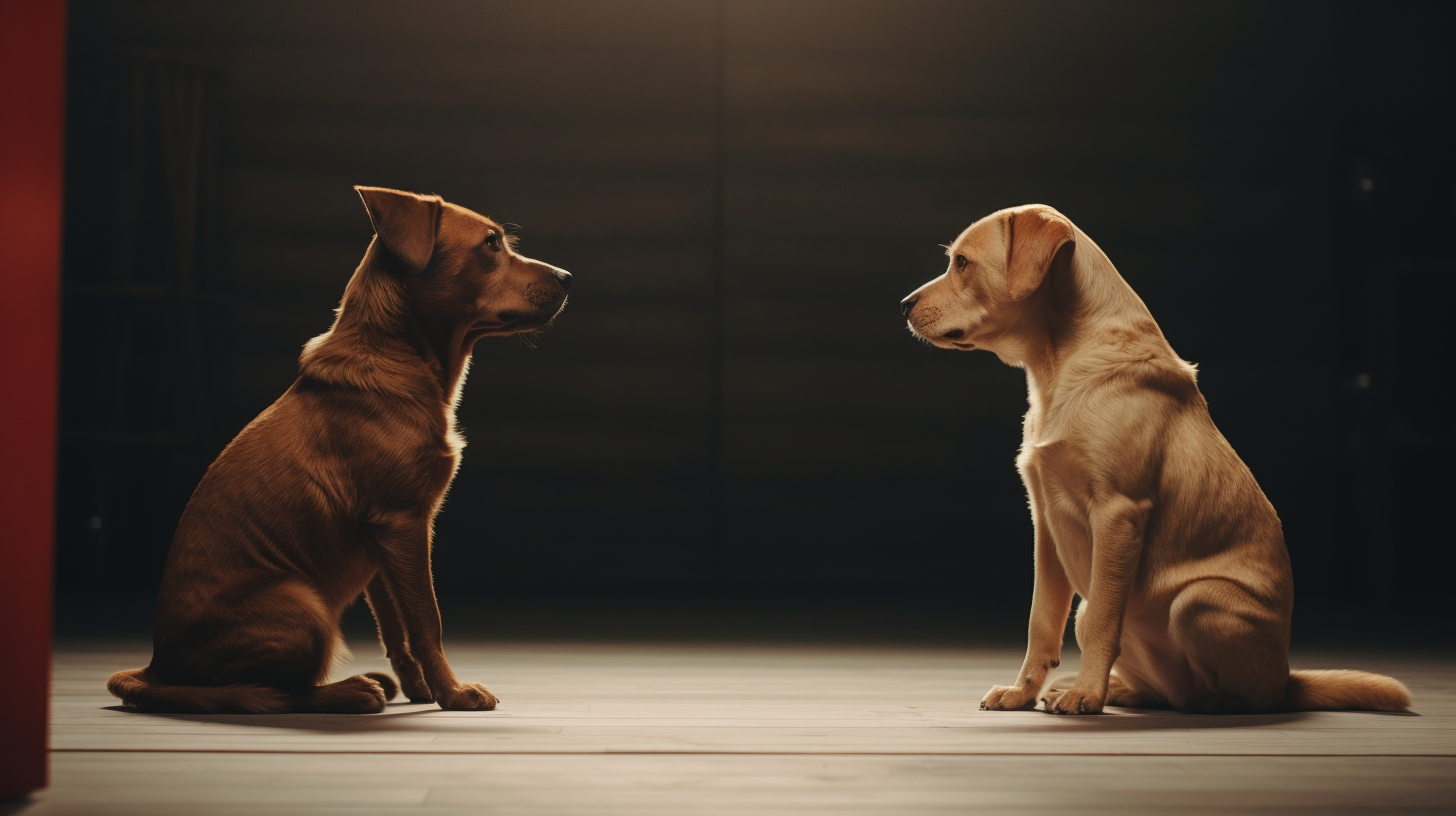Pets, especially dogs, are often considered family members, offering companionship, love, and joy. However, even the gentlest pet can become aggressive under certain circumstances. Understanding these triggers and how to prevent potential attacks is essential for pet owners. This guide offers insights, safety tips, and real-life stories to ensure harmonious human-animal interactions.
1. Recognizing the Signs
Animals often display warning signs before an attack:
- Growling or Hissing: An obvious sign of discomfort or aggression.
- Raised Fur: Indicates the animal is on high alert.
- Avoidance: If your pet avoids interaction, it might feel threatened or unwell.
- Tail Position: A tucked tail can indicate fear, while a raised, wagging tail often signals happiness.
2. Real-Life Stories: The Importance of Understanding Animal Behavior
Story from Jenna, a resident of South Florida:
“I always thought my cat, Whiskers, was docile. One day, a friend’s child approached Whiskers too quickly, and she hissed and swiped. Luckily, no one was hurt, but it was a wake-up call about understanding and respecting her boundaries.”
3. Socialization is Key
The earlier an animal is introduced to various people, pets, and environments, the better. Proper socialization reduces fear and aggression. Consider enrolling your dog in a local training or socialization class.
4. The Role of Neutering
Studies indicate that neutered animals tend to be less aggressive, especially males. Discuss with your veterinarian about the best time to neuter your pet.
5. Training and Consistency
Consistent training is essential. Commands like “sit,” “stay,” and “come” can prevent your dog from approaching potentially threatening situations.
Story from Mark, a dog owner in Miami:
“My Golden Retriever, Max, was well-trained but had a penchant for chasing. One day, he darted towards a child on a bike. Thanks to consistent recall training, a firm ‘come’ command halted Max in his tracks, preventing a potential mishap.”
6. Safe Play is Essential
Toys are great, but ensure they’re safe:
- Avoid Toys That Resemble Human Parts: This prevents pets from confusing fingers with toys.
- Monitor Playtime: Especially if multiple pets are playing together.
- Teach Boundaries: Pets should understand that people’s faces are off-limits during play.
7. Understand Fear Triggers
Many animals attack out of fear. Common fear triggers include:
- Loud Noises: Thunderstorms or fireworks can spook animals.
- New Environments: Moving to a new home or introducing new furniture can be unsettling.
- Strangers: Unknown people or animals can be perceived as threats.
8. Secure Your Property
Ensure your yard is securely fenced. If your dog has aggressive tendencies, consider using a muzzle during walks or when introducing them to new people.
9. Seek Professional Help if Needed
If your pet displays consistently aggressive behavior, it might be time to consult a professional animal behaviorist.
Being a responsible pet owner means understanding and respecting your animal’s instincts and boundaries. Most animal attacks can be prevented with proper training, socialization, and care. We can ensure harmonious interactions between humans and animals by prioritizing safety and empathy. If you or someone you know in South Florida has experienced an animal-related incident and needs legal advice, Pomeroy and Associates, P.A. is here to help.

